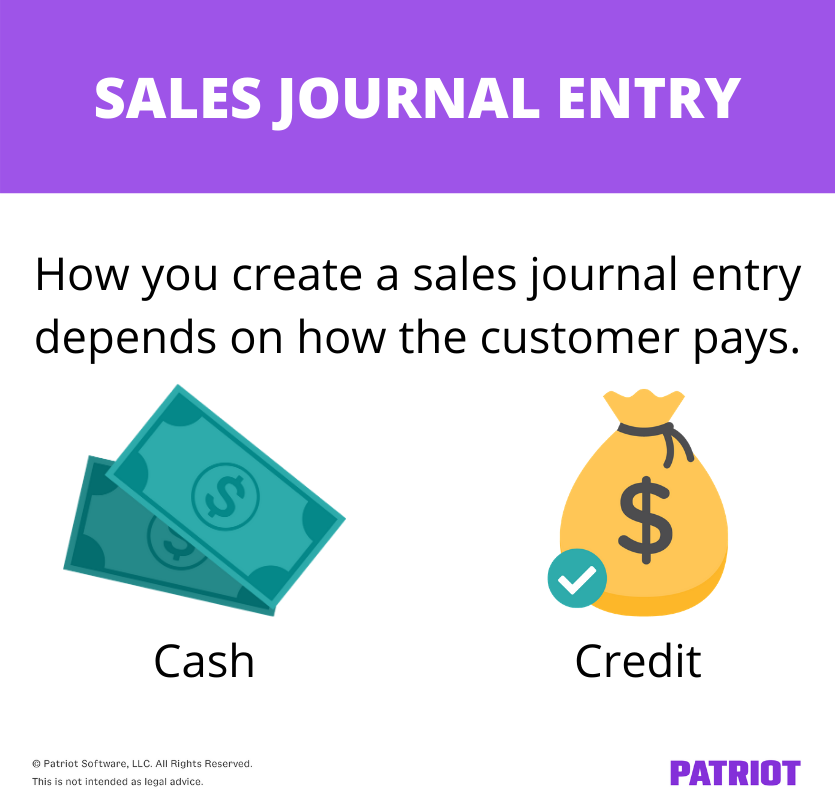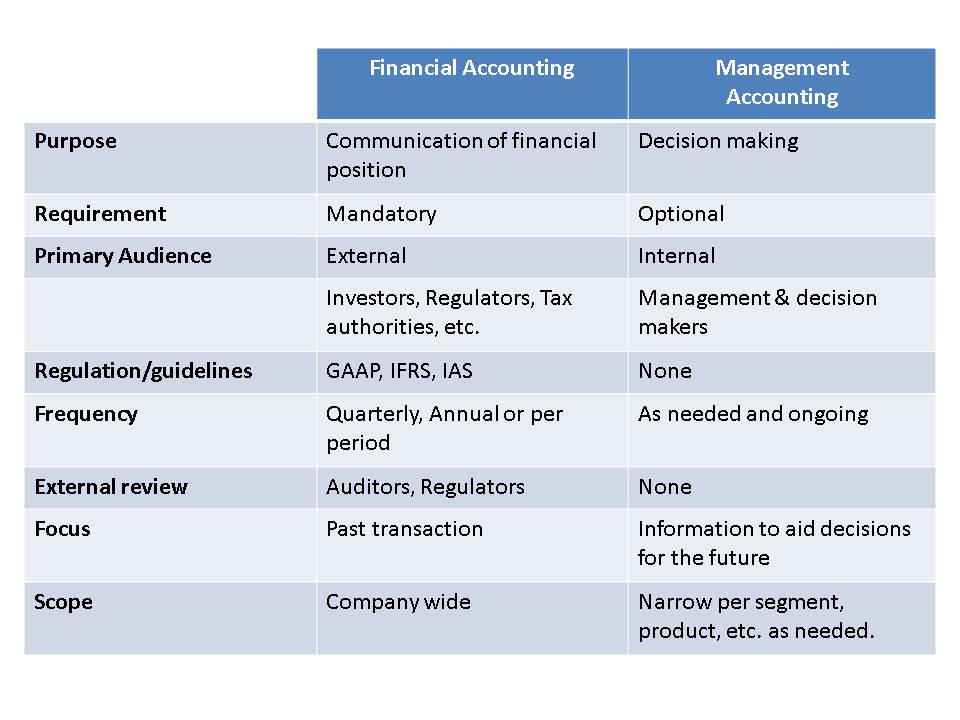utilities expense definition and meaning
دسته: Bookkeeping
Any outstanding charges from the previous month are accrued as expenses for the current month. The accrual basis ensures that the recorded utility expense corresponds to the timing of resource consumption rather than the receipt of invoices. Utility expenses, encompassing vital services like electricity, water, and heating, constitute a significant portion of business operating costs and ongoing household expenditures. The distinction is in the timing of expense recognition, which occurs when cash is received (cash basis) or when expenses are incurred (accrual basis).
- The company can make the utilities expense journal entry by debiting the utilities expense account and crediting the accounts payable at the period-end adjusting entry.
- These efforts are aimed at increasing overall business efficiency and optimizing cost-cutting practices.
- Only later, when the company receives the invoice from the utility supplier, does it record the actual amount in the accounting record with the payment made to the utility supplier.
- In an accrual accounting system, the profit and loss account should record the actual consumption of utilities, irrespective of whether the payment has been made to the supplier or the supplier has issued a bill.
- Due to the energy requirements of large machinery, a manufacturing facility might have high utility costs; in contrast, a small consulting firm sharing office space might have comparatively lower costs.
- For businesses, utilities expense can vary widely depending on the nature and scale of operations.
Despite the delay in receiving utility invoices, the amount recorded reflects the consumption of the listed products over a specific time. The utility billings issued by utility companies are usually among the invoices most commonly double-paid by a business, because the invoices typically state a billing period, rather than an invoice number. Since there is no unique identifier on the invoice, a company has no way of telling if it has already paid the bill. This problem can be avoided by using alternative methodologies to derive an invoice number, such as using the date range of an invoice as its invoice number. In our example, the utility bills for gas and electricity used in December are both an expense and a liability as of December 31. The IRS generally considers utilities to include services such as electricity, water, gas, trash collection, and telephone services necessary for operating a business.
Utilities Expense Under the Cash Basis of Accounting
These include electricity, water, internet, telephone, and other variable expenses related to public use, which are necessary for running the business. Likewise, under the accrual basis of accounting, the company needs to make the utilities expense journal entry at the period end adjusting entry regardless it has received the invoice for the current period utility usage or not. The utility expense recorded in the accrual basis of accounting reflects the actual usage costs incurred during the reporting period, regardless of whether the utility supplier has issued an invoice to the company. The portion of a utility invoice applicable to the current period may be so large that any residual balance applying to a different period is immaterial, and so can be charged to the current period.
These expenses are calculated based on usage, and by optimizing consumption, it is possible to reduce costs. The cost incurred on public utilities such as electricity, water, gas, etc., and all other basic utilities necessary for commercial and household purposes, represents utility expenses. The company can make the utilities expense journal entry by debiting the utilities expense account and crediting the accounts payable at the period-end adjusting entry. This practice is common for the utilities expense as many companies usually only receive the current month invoice of the utility usage in a few days after the period end adjusting entry. Utilities expense is the cost incurred for the use of energy, heat, sewer, and water within a reporting period. In some cases, ongoing phone and internet service costs are also included in this category.
In this case, ABC’s controller considers the invoice portion of the previous month insignificant.
As a result, the cash basis is dependent on receiving a supplier invoice, and it still only records an expense when it has been paid. Utility expenses encompass public services required to operate a business or carry out household activities. In the context of household expenses, they encompass essential costs for comfortable living, such as water, electricity, gas, and maintenance. Utility expenses include machinery repair costs, selling commissions, and basic packaging expenses for commercial purposes. For example, in the June 30 adjusting entry, the company ABC needs to make the utilities expense journal entry for the electricity usage during the period of June.
Utility bills are invoices received by a company for the natural gas, electricity, water, and sewer charges that the company used during a previous month or other period of time. The usage and the amount of each bill is generally based on the meters located on the company’s property. Therefore, the company is receiving the gas, electricity, etc. before it pays for them and has a liability until the bills are paid. As the recorded utilities expense of electricity was only $4,800 previously due to the company ABC follows the May invoice, it needs to add $200 more in the utilities expense account.
Cash Basis of Accounting for Utilities Expenses
If so, the business records this deposit as an asset on its balance sheet, rather than charging it to expense. Depending on how different utilities are used, they may be allocated to different departments. For example, the total amount of utilities used in order to help a company sell goods and/or services may be listed as a selling expense. Yes, if you’re self-employed or run a business from home, you can typically claim your internet expenses as a business cost on your taxes. For instance, ABC International receives a $2,000 water bill from the neighborhood water provider for the time period from the 26th day of the previous month to the 25th day of the current month. To elaborate, the accrual method recognizes expenses when they are incurred, regardless of cash receipt.
It does not matter whether an invoice has been sent by the utility supplier to the company. If there is an amount to be charged that applied to the previous month, it is charged to the current month. Under the accrual basis of accounting, this account reports the cost of the electricity, heat, sewer, and water used during the period indicated in the heading of the income statement. The amount of Utilities Expense for the sales function is classified as a selling expense and the amount used for administration is classified as an administrative expense.
Utilities Expense Under The Cash Basis Of Accounting
Start with a free account to explore 20+ always-free courses and hundreds of finance templates and cheat sheets. Upgrading to a paid membership gives you access to our extensive collection of plug-and-play Templates designed to power your performance—as well as CFI’s full course catalog and accredited Certification Programs. Harold Averkamp (CPA, MBA) has worked as a university accounting instructor, accountant, and consultant for more than 25 years. Let’s consider a hypothetical example featuring a small retail store called “BookNook,” which sells books and stationery items. The credit entry to accounts payable reflects the company’s obligation to pay the electricity supplier for the amount of service used during the period.
Utility expenses are the cost of essential services such as electricity, water, waste disposal, heating, and sewage. Utilities that are used to help with manufacturing operations are commonly put into the factory overhead account. This means that the expenses become part of a cost pool, which is then divided up according to the units that are produced during the billing period. The expenses tied to the units that aren’t sold are listed as inventory assets and not immediately listed as an expense. Utilities expense is the cost incurred by using utilities such as electricity, water, waste disposal, heating, and sewage. The expenses are incurred over the course of the reporting period, calculated, and accrued for, or payment is rendered.
Other Classifications of Utilities Expenses
Due to the fact that utility billings typically list the billing period rather than an invoice number, they are among the bills that businesses double-pay the most frequently. A corporation has no way of knowing if it has already paid the invoice because there is no distinctive identifier on the document. Other methods of calculating an invoice number, such as using an invoice’s date range as its invoice number, can be used to avoid this issue. The journal shown above, as can be seen, debits the utility expense account, which represents the cost to the business of using electricity for the period.
With the accrual basis of accounting, the total amount recorded as utilities expense reflects the cost of the actual usage of the utilities during the reporting period. The classification and presentation of these expenses can be done as selling expenses, administrative expenses, etc. For businesses, utilities expense can vary widely https://www.bookkeeping-reviews.com/expansion-and-contraction-of-demand-are-referred/ depending on the nature and scale of operations. In most cases, utilities expense is considered a variable cost because it changes in proportion to the level of production or business activity. In short, the accrual basis of accounting accelerates the recognition of utilities expenses in comparison to the cash basis of accounting.
Since utility costs are directly proportional to usage, they are typically categorized as variable costs. The cost of essential services such as electricity, water, waste disposal, heating, and sewage. Factors impacting the cost of utilities include geographic location, the energy efficiency of the home or business, local rates, seasonal demand, and individual usage patterns. For example, on June 30, the company sales tax calculator ABC receives the invoice for the water usage during the period from 30 May to June 29 amounting to $2,000. Due to the energy requirements of large machinery, a manufacturing facility might have high utility costs; in contrast, a small consulting firm sharing office space might have comparatively lower costs. The magnitude of utility costs varies based on the type and scale of a business’s operations.
This entails using historical usage data and future projections to estimate the expected utility costs over time. Utilities are commonly invoiced monthly to businesses, which are then recorded as expenses in the corresponding month’s financial statements. The amount of the accounts payable in this journal entry is the amount that the company recorded previously for the accrued utilities expense. Utilities expenses are ongoing, necessary expenses for the operation of households and businesses. In business accounting, utility costs are classified as operating expenses and are shown in the income statement.













